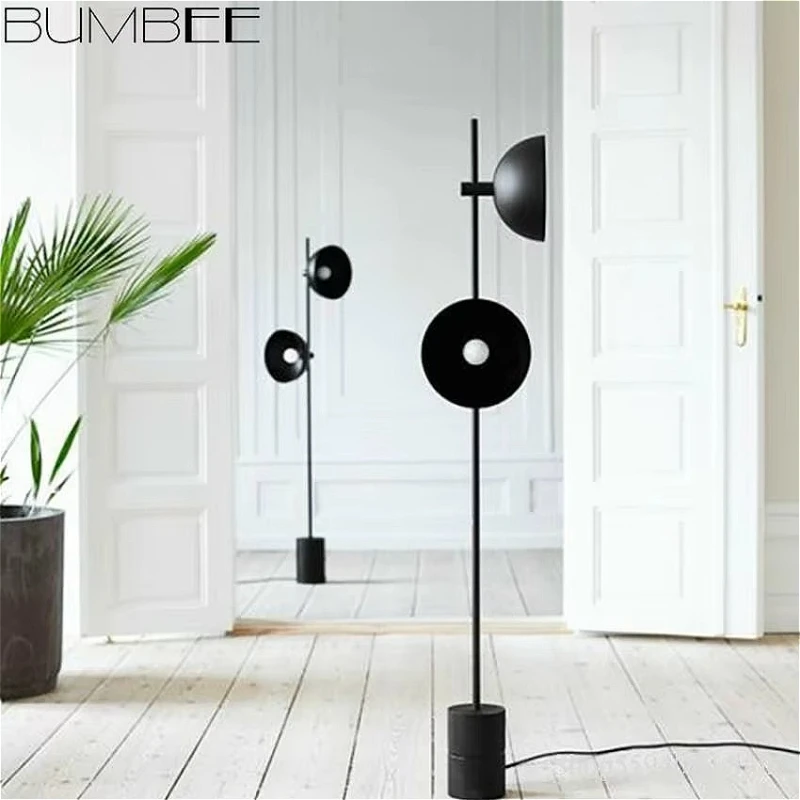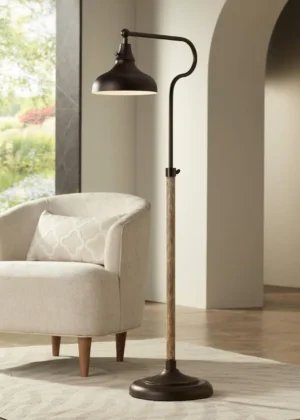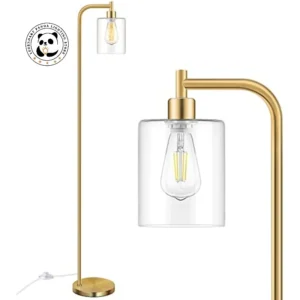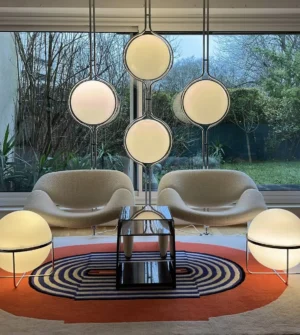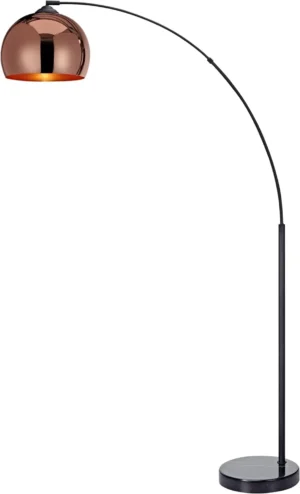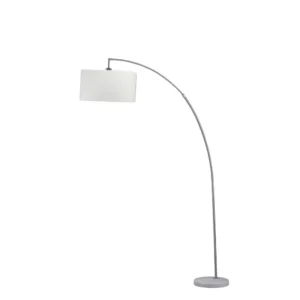Understanding Interior Finishes and Their Impact
Interior finishes are much more than just decorative afterthoughts—they’re fundamental design elements that complete your space. These finishes encompass everything from the sheen on your walls to the texture of your furniture, the patina on your hardware, and the surface treatments on your floors.
The right finishes do far more than simply look attractive; they transform how we experience our homes by:
- Setting the mood and atmosphere of a room
- Creating visual effects that can make spaces appear larger, cozier, or more elegant
- Providing practical durability appropriate to each area’s usage
- Reflecting and absorbing light in ways that dramatically alter perception
- Conveying the essential character of your chosen design style
Research suggests that finishes can alter our perception of room size by up to 30%, with lighter, more reflective finishes typically making spaces feel more expansive. The psychological impact is equally significant—matte finishes often create a sense of calm and coziness, while high-gloss surfaces introduce energy and drama.
When choosing perfect arc floor lamp designs for your home, understanding how different finishes interact with your existing decor becomes crucial for creating a cohesive look.
Common Finish Types Explained
Before diving into specific decor styles, it’s helpful to understand the wide variety of finishes available and their distinctive characteristics.
| Finish Type | Characteristics | Ideal Applications | Maintenance Level |
|---|---|---|---|
| Matte | Non-reflective, absorbs light, hides imperfections | Walls, ceilings, low-traffic areas, modern and rustic styles | Medium (can be harder to clean) |
| Satin/Eggshell | Subtle sheen, slight reflection, smooth texture | Walls, trim, doors, furniture in most styles | Low-Medium (relatively easy to clean) |
| Semi-Gloss | Noticeable shine, reflects light, smooth surface | Trim, cabinets, doors, bathrooms, kitchens | Low (wipeable and durable) |
| High-Gloss | Mirror-like shine, highly reflective | Accent furniture, doors, trim in modern/glamorous styles | High (shows fingerprints and dust) |
| Distressed | Intentionally aged appearance, worn spots | Furniture, flooring in farmhouse, rustic, vintage styles | Low (imperfections add character) |
| Brushed Metal | Textured, directional grain, subdued shine | Hardware, fixtures, appliances in modern or industrial styles | Low (hides fingerprints) |
| Polished Metal | Reflective, mirror-like surface | Decorative elements, fixtures in modern or glamorous styles | High (shows fingerprints) |
| Natural Wood | Visible grain, warm tones, authentic character | Furniture, flooring, beams in most styles | Medium (requires occasional treatment) |
| Painted Wood | Smooth or textured, consistent color | Furniture, trim, cabinetry in traditional, coastal styles | Medium (may chip or scratch) |
The selection of various metal finish arc floor lamps can dramatically affect how lighting fixtures integrate with your overall interior design scheme.
How to Identify Your Personal Decor Style
Before selecting finishes, it’s essential to understand your personal decor style. Consider these questions to help identify your preferences:
- Color Palette Preference: Do you gravitate toward bold, vibrant colors or soft, neutral tones?
- Texture Attraction: Do you prefer sleek, smooth surfaces or rich, textured materials?
- Historical Appeal: Are you drawn to contemporary designs or pieces with historical influences?
- Formality Level: Do you enjoy casual, relaxed environments or more formal, structured spaces?
- Pattern Preference: Do you like clean, geometric patterns or more organic, flowing designs?
Most people find they don’t fit perfectly into just one style category. Many homes successfully blend elements from complementary styles, creating unique and personalized spaces. For example, “modern farmhouse” combines the clean lines of modern design with the warmth of farmhouse elements.
The way you harmonize arc lamps with interior design can provide valuable clues about your overall style preferences, as lighting is often where form and function most clearly intersect.
Modern & Contemporary Finishes: Clean Lines and Bold Statements
Modern and contemporary styles celebrate simplicity, clean lines, and minimalist approaches. These styles favor finishes that create visual impact through contrast and reflection rather than intricate detail.
Key Finishes for Modern & Contemporary Spaces:
– Polished metals (chrome, stainless steel)
– Reflective surfaces (glass, acrylic)
– High-gloss lacquered woods and cabinetry
– Smooth, matte surfaces in contrasting colors
– Concrete and terrazzo with sleek finishes
The color palette typically focuses on neutral bases (whites, greys, blacks) with strategic pops of bold color. Hardware tends toward linear, geometric shapes with brushed or polished metal finishes that emphasize function without ornate detailing.
Modern spaces often benefit from the sculptural lines of contemporary arc floor lamp designs, where the finish of the fixture itself becomes part of the artistic statement of the room.
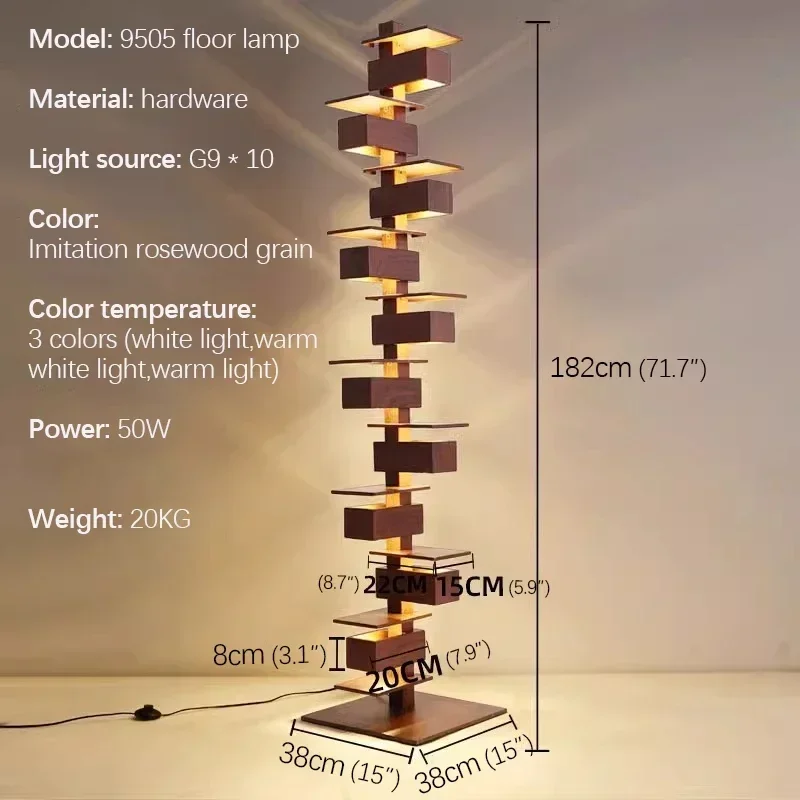
Farmhouse & Rustic Finishes: Warmth and Weathered Charm
Farmhouse and rustic styles celebrate imperfection, natural materials, and a sense of history and craftsmanship. These styles embrace finishes that show age, character, and a connection to natural elements.
Key Finishes for Farmhouse & Rustic Spaces:
– Distressed and weathered woods
– Matte and oil-rubbed bronze metals
– Natural stone surfaces with textured finishes
– Chalk-painted furniture and cabinetry
– Textured ceramic tiles and backsplashes
– Exposed brick and raw wood elements
The color palette typically revolves around warm neutrals, creams, and earth tones, with black metal accents providing contrast. Hardware often features oil-rubbed bronze, wrought iron, or antique brass with simple, functional designs that appear handcrafted.
For lighting elements, wooden arc floor lamp options add warmth and natural texture that perfectly complement the rustic aesthetic while providing functional illumination.
Bohemian & Eclectic Finishes: Texture and Layered Materials
Bohemian and eclectic styles thrive on rich textures, global influences, and the layering of diverse materials. These styles celebrate finishes that tell stories, showcase craftsmanship, and create visual interest through contrast and unexpected combinations.
Key Finishes for Bohemian & Eclectic Spaces:
– Natural fibers (rattan, jute, wicker)
– Handcrafted ceramic and terra cotta
– Patinated and hammered metals
– Richly colored textiles with varied textures
– Mixed wood tones with visible grain
– Handpainted tiles and textured wall treatments
The color palette embraces rich, saturated hues alongside earthy neutrals, often incorporating jewel tones, deep oranges, and indigos. Hardware and fixtures tend toward unique, one-of-a-kind pieces that showcase artisanal techniques from around the world.
The organic materials and handcrafted appeal of rattan arc floor lamp designs make them particularly suitable for bohemian spaces, adding both texture and sculptural interest.
Adjustable Arc Floor Lamp, Bronze Arc Floor Lamp
Price range: $440.95 through $558.52 Select options This product has multiple variants. The options may be chosen on the product pageBrass Arc Floor Lamp, Contemporary Arc Floor Lamp, LED Arc Floor Lamp
Price range: $490.72 through $522.04 Select options This product has multiple variants. The options may be chosen on the product pageChrome Arc Floor Lamp, LED Arc Floor Lamp
Price range: $304.95 through $1,210.40 Select options This product has multiple variants. The options may be chosen on the product pageContemporary Arc Floor Lamp, Large Arc Floor Lamp, Marble Base Arc Floor Lamp
$224.94 Select options This product has multiple variants. The options may be chosen on the product pageMid-Century Arc Floor Lamp, Wood Arc Floor Lamp
$230.86 Select options This product has multiple variants. The options may be chosen on the product pageContemporary Arc Floor Lamp, Silver Arc Floor Lamp
$459.99 Select options This product has multiple variants. The options may be chosen on the product page
Industrial & Urban Loft Finishes: Raw and Refined
Industrial style embraces the beauty of utility, celebrating materials typically hidden in other design approaches. This style features finishes that reveal structure and function while honoring the raw character of basic building elements.
Key Finishes for Industrial & Urban Loft Spaces:
– Exposed concrete (sealed or polished)
– Raw or blackened steel
– Weathered brick and stone
– Reclaimed wood with saw marks and imperfections
– Aged leather with natural patina
– Galvanized and corrugated metals
The color palette tends toward neutrals derived from natural materials—concrete greys, brick reds, steel blues, and warm wood tones. Hardware emphasizes function with cast iron, steel, and zinc finishes in simple, utilitarian designs.
The strong architectural presence of black arc floor lamp designs complements industrial spaces perfectly, adding dramatic lines that echo the structural elements of the style.
Traditional & Classic Finishes: Timeless Elegance
Traditional and classic styles honor historical design elements with an emphasis on craftsmanship, symmetry, and refined materials. These styles feature finishes that communicate quality, attention to detail, and timeless appeal.
Key Finishes for Traditional & Classic Spaces:
– Rich, polished hardwoods (cherry, mahogany, walnut)
– Marble and natural stone with polished finishes
– Brass, bronze, and antique gold metals
– Velvet and silk upholstery
– Crystal and cut glass elements
– Carved details and decorative moldings
The color palette typically includes rich neutrals, warm wood tones, and deep accent colors like burgundy, navy, and forest green. Hardware and fixtures showcase detailed craftsmanship with antique brass, polished nickel, or bronze finishes featuring decorative elements.
Understanding how metal finishes transform lighting is particularly important in traditional spaces, where the right patina can enhance the sense of history and craftsmanship.
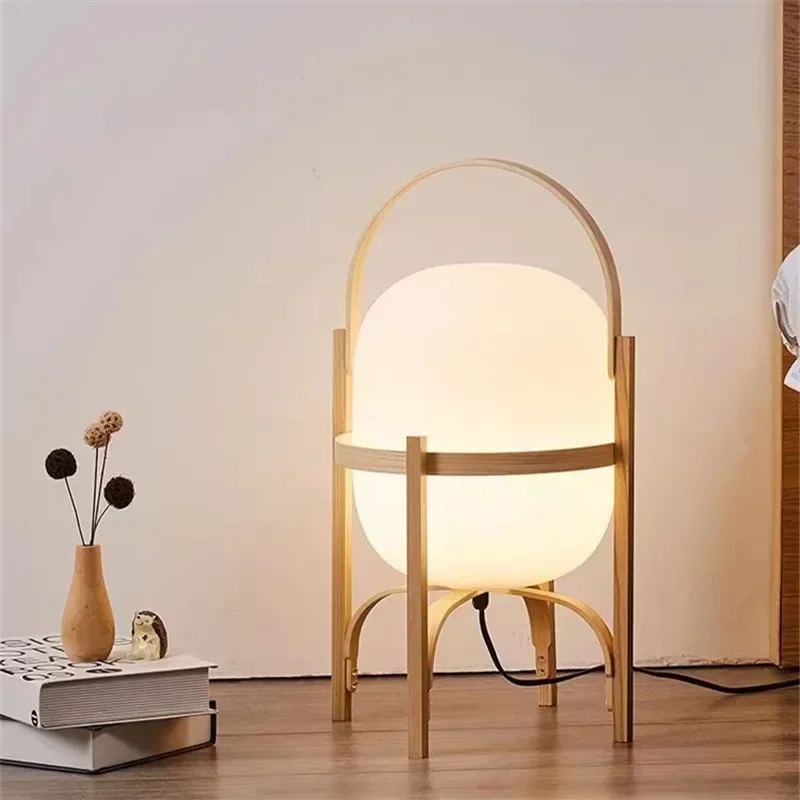
Principles for Mixing and Matching Finishes
Creating a cohesive look while mixing finishes requires understanding a few key design principles:
Follow the 60-30-10 Rule: Allocate approximately 60% to your dominant finish, 30% to a secondary finish, and 10% to accent finishes. This creates balance while allowing for variety.
Maintain Consistent Undertones: Whether working with cool or warm tones, ensure your finishes share compatible undertones for visual harmony.
Create Intentional Contrast: Pair matte finishes with glossy ones or smooth surfaces with textured elements to create visual interest through deliberate contrast.
Establish a Metal Strategy: When mixing metal finishes, either choose one dominant metal with small accents of others, or select metals with similar temperature families (warm: brass, gold, copper; cool: chrome, nickel, silver).
Consider Visual Weight: Balance heavier, darker finishes with lighter ones throughout the space to maintain equilibrium.
Connect Through Repetition: Repeat each finish at least twice throughout a space to create intentional connections and flow.
Learning how to effectively combine different metal finishes like chrome and brass allows you to create more sophisticated and layered interiors that avoid looking like a showroom.
The Practical Side: Durability and Maintenance
Beyond aesthetics, practical considerations should influence your finish choices:
| Finish Type | Durability | Maintenance Requirements | Best Locations | Less Ideal For |
|---|---|---|---|---|
| High-Gloss Paint | Medium | High (shows marks) | Trim, doors | High-traffic walls, homes with children |
| Matte Paint | Low-Medium | Medium (harder to clean) | Ceilings, low-traffic walls | Kitchens, bathrooms, hallways |
| Polished Marble | Medium | High (needs sealing, stains easily) | Decorative surfaces | Kitchen counters, bathroom floors |
| Sealed Concrete | High | Low | Floors, counters | Areas where warmth is desired |
| Oil-Rubbed Bronze | High | Low | Hardware, fixtures | Modern minimalist spaces |
| Natural Wood | Medium | Medium (requires periodic treatment) | Furniture, flooring | Wet areas without proper sealing |
| Brushed Stainless | High | Low | Appliances, fixtures | Traditional, ornate spaces |
| Leather | Medium-High | Medium (requires conditioning) | Furniture, accents | Sunny areas that cause fading |
When considering which type of arc floor lamp to select, evaluating both the aesthetic appeal and the practical maintenance requirements of different finishes ensures your choice will remain beautiful for years to come.
Lighting’s Effect on Your Finish Choices
Lighting dramatically influences how finishes appear in your space, making it a crucial factor in your decision-making process:
Natural Light Orientation: North-facing rooms receive cooler light that can make warm finishes appear duller, while south-facing rooms receive warmer light that enhances warm-toned finishes.
Time of Day Variations: Finishes will appear different throughout the day as natural light changes, so consider when you most frequently use each space.
Artificial Light Temperature: LED and fluorescent lighting can dramatically affect color perception. Test finishes under the specific lighting you’ll use in that space.
Directional Lighting Effects: Textured finishes become more dramatic under directional lighting, while glossy finishes may create unwanted reflections or glare.
Light Reflection: Light-colored, glossy finishes reflect more light and make spaces feel larger, while darker, matte finishes absorb light and can make spaces feel more intimate.
Finding best arc lamps for living rooms requires understanding how the lamp’s finish will interact with both natural light sources and other lighting fixtures in your space.
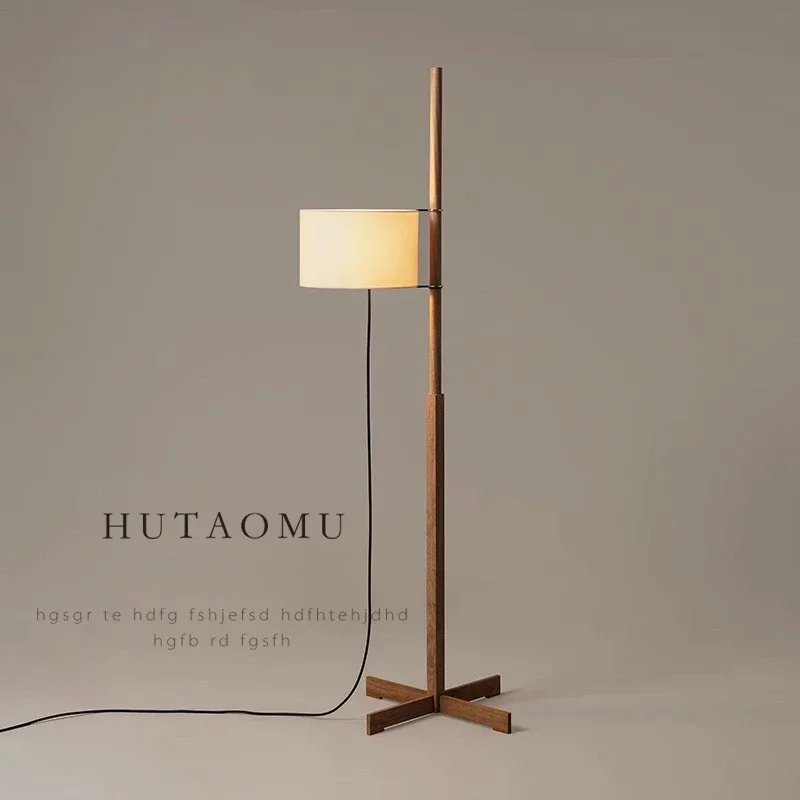
Is Your Finish Choice Consistent with Your Decor Style?
To ensure your finish selections truly enhance your intended decor style, ask yourself these evaluative questions:
- Do my chosen finishes appear consistently throughout the design inspiration images I’m drawn to?
- Would these finishes feel at home in professionally designed spaces representing my chosen style?
- Do these finishes create the emotional response and atmosphere I want for my space?
- If I break a “rule” of my chosen style with a particular finish, am I doing so intentionally for contrast?
- Have I maintained consistency in finishes throughout connected spaces in my home?
Sometimes the most interesting spaces thoughtfully break conventional rules. For example, introducing a single polished chrome fixture into an otherwise rustic space can create an eye-catching focal point, as long as it’s done with intention.
When considering whether arc floor lamps are good for your particular space, evaluate how their distinctive silhouettes and finishes complement your overall design approach.
Trending Finishes: What’s Current in Interior Design
While timeless finishes never go out of style, staying aware of current trends can provide fresh inspiration:
Mixed Metals: The strategic combination of different metal finishes within a single space continues to gain popularity, with brass and matte black being particularly favored pairings.
Warm Minimalism: Matte finishes in warm neutrals are replacing the cooler, clinical aspects of traditional minimalist design.
Fluted and Ribbed Textures: Surfaces with vertical grooves are appearing on everything from glass to wood to add subtle texture and visual interest.
Limewash and Plaster: These ancient techniques are enjoying a revival, bringing organic texture to walls without the uniformity of standard paint.
Sustainable Materials: Finishes that highlight natural, renewable resources continue to grow in popularity, including cork, bamboo, and reclaimed wood.
For those interested in contemporary lighting, understanding the latest modern arc floor lamp design trends can help you select pieces that feel current while remaining timeless.
FAQs: Solving Common Finish Dilemmas
Can different wood tones work together in the same space?
Yes, different wood tones can coexist beautifully when they share similar undertones (warm or cool) and are distributed thoughtfully throughout the space. Try to create intentional contrast rather than having woods that are just slightly different.
How can I update my finishes without replacing everything?
Start with smaller elements like hardware, light fixtures, or accessories. Many surfaces can be refinished—cabinets can be painted, furniture can be stained, and even countertops have refinishing options that are less expensive than full replacement.
What finishes work best in small spaces?
Lighter, reflective finishes generally help small spaces feel more open. Consider glass, mirrors, polished metals, and lighter wood tones. Matte finishes in light colors can also work well by creating a sense of softness without the distraction of reflections.
Are high-gloss finishes impractical for everyday use?
High-gloss finishes do show fingerprints, dust, and scratches more readily than matte finishes, making them higher maintenance. Consider using them on accent pieces or upper elements that receive less physical contact rather than high-traffic surfaces.
How do I choose finishes for an open-concept space?
Maintain consistency with major finishes like flooring and trim throughout the open area, then create subtle transitions between functional zones using complementary accent finishes that define each area while still relating to the whole.

